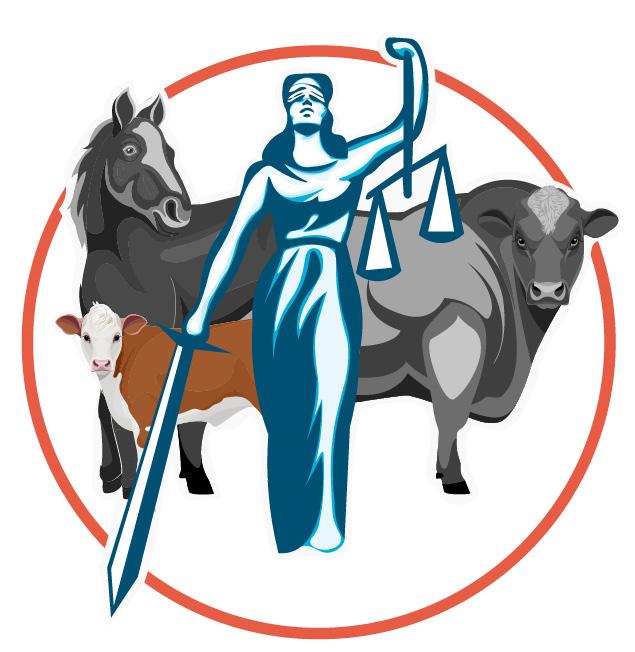
1 minute read
Rodeo litigation
Injuries in rodeo are nothing new, but a horror start to last season sparked fresh calls to put an end to the barbaric industry.
Following the tragic deaths of three animals within a matter of weeks as the rodeo season opened, SAFE renewed its push for Government to put an immediate end to rodeo in New Zealand.
Two bulls sadly lost their lives due to their injuries, one after breaking his leg and another after sustaining a spinal injury. One horse also died after suffering a seizure. Before long, another horse endured a painful degloving after their leg got stuck in the rails of a chute.
Of course, these incidents were not isolated. Injuries and deaths, in the name of ‘entertainment’, occur across the country each rodeo season. Around 35 rodeos take place in New Zealand each year. Activities such as calf roping, bareback bronc riding, steer wrestling, barrel racing, team roping, saddle bronc riding, and bull riding all put animals at risk. Not only can these activities cause injury, pain and distress to the to the animals used, but they can also lead to death.
In 2022, the New Zealand Animal Law Association (NZALA) partnered with SAFE once again to take the Government to court. The case came hot on the heels of the historic win for mother pigs suffering in farrowing crates, attained in 2019.
This time we argued that rodeo was also a violation of the Animal Welfare Act 1999. The Court agreed that the Government had made procedural errors when re-issuing the rodeo code of welfare back in 2018. However, the Judge would not make a ruling on the legality of rodeo and dismissed the judicial review, saying the place to challenge the legality of rodeo was within the National Animal Welfare Advisory Committee’s (NAWAC) consultation process. While this was not the outcome we were hoping for, both the NZALA and SAFE are committed to working through this process and will continue to voice our concerns that rodeo is unlawful and violates the Animal Welfare Act 1999.
ADVOCACY:
COMMISSIONER FOR ANIMALS








